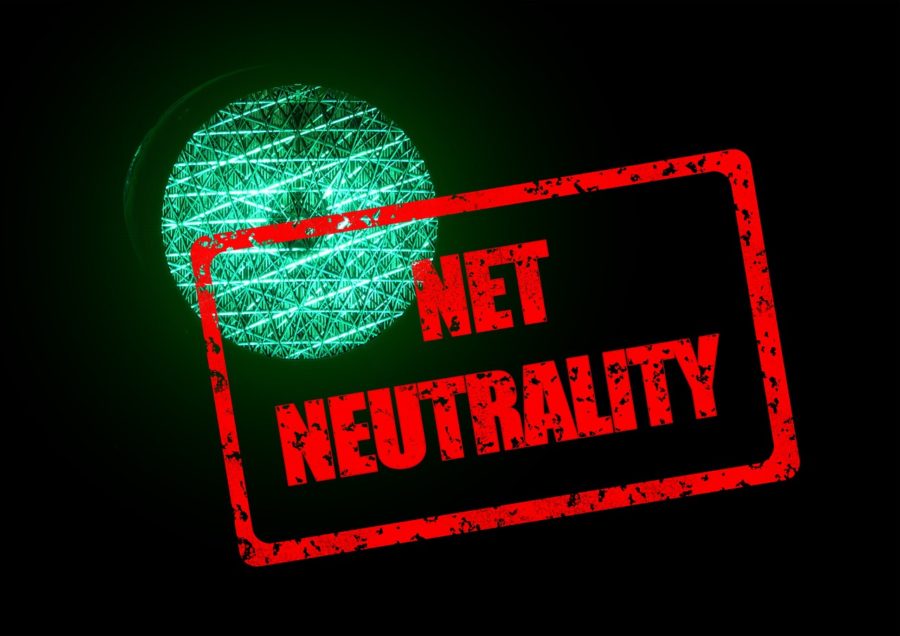
The FCC’s choice to eliminate the Title II classification for Internet Service Providers (ISPs) has sparked a lively debate about net neutrality. The repeal, which took place on December 14, allows ISPs to charge consumers not just for internet service, but also for their online experiences. Many people, especially in digital marketing, are trying to understand how this will affect the internet landscape for themselves and the brands they represent.
What Is Net Neutrality?
Net neutrality began gaining traction in 2005 and is based on a series of principles aimed at “encouraging broadband deployment and maintaining the open and connected nature of the public internet.” Since its start, net neutrality rules have been just that—rules meant to guide how broadband internet should operate.
In 2014, the FCC took protections up a notch by classifying ISPs as “common carriers”—or a public utility which mandates that all consumer traffic be handled equally. These changes allowed the FCC to protect consumers from intentional bandwidth or content interference. The principles have undergone updates over the years, but most recently they included the following “key bright lines”:
- No blocking
- No throttling
- Transparency
- No paid prioritization
With the reversal of the above protections, internet providers can now openly regulate content, quality, and download speeds, essentially determining which content is accessible and at what price.
Should Inbound Marketers Be Concerned?
Digital marketers have built an exponential industry, one that, according to content marketer Meryl Kremer, “is inherently linked to the existence of a free and equal internet.” In fact, common marketing methodologies including the inbound methodology, are almost exclusively relient on the internet to support a flow of content and conversion paths that move ideal customers through the decision-making process.
What will happen when the open internet that we have come to know and enjoy ends? And how could the repeal potentially affect the very methodology that many digital marketers use to nurture leads, drive conversions, and create growth wins for their clients?
Inbound Marketing and Net Neutrality
Inbound marketing is a methodology for attracting and nurturing new customers through the creation of content. What’s special about inbound is that marketers aren’t simply pumping out content aimlessly, but rather, content is designed specifically with the buyer persona’s needs in mind, thus attracting qualified prospects who are more likely to purchase and benefit from a brand’s products or services.
The tactical approach to this methodology involves carefully developing anything from compelling website copy and blog posts to engaging emails and social media content. What’s controversial about the net neutrality repeal is that most content in an inbound campaign is digital and dependent on the internet for distribution.
For most of the industry’s existence, the internet has been a fairly level playing field for online brands and businesses of all sizes. Successful inbound strategies that produce compelling, quality content have given small and startup brands a voice, as well as the ability to compete alongside the big players within their industries.
With the right message and content, it’s not uncommon for early-stage startups and brands to completely disrupt industries and grow considerably. However, with ISPs no longer prevented from prioritizing or completely blocking content, we may find that content and access will be solely based on price rather than quality.
If the ability to pay for visibility trumps earning it through unique, engaging content, then it’s possible that quality content and the efficiency of lead-generation techniques could be on the decline. According to Mozilla CMO Jascha Kaykas-Wolff, “Without net neutrality, creators and brands could struggle to reach new users and investment to ideas will struggle and dry up over time.”
Ultimately, digital marketers may find their influence over web traffic and qualified lead generation—despite perfectly curated content—diminishing. Even with these concerns, however, digital marketers have been busy finding their way around this regulatory shift, and there’s a level of optimism that the creative and programmatic will shine.
The repeal is still fresh, and while new policy is expected to be presented in the coming weeks, a variety of state and federal resolutions have been introduced to amend if not completely overturn the FCC’s decision in an effort to uphold net neutrality.
If we do move into the world without net neutrality, it’s tough to say with accuracy what will happen to marketers, brands, and the online experiences they provide for consumers. We’d love to hear your thoughts in the comment section below.